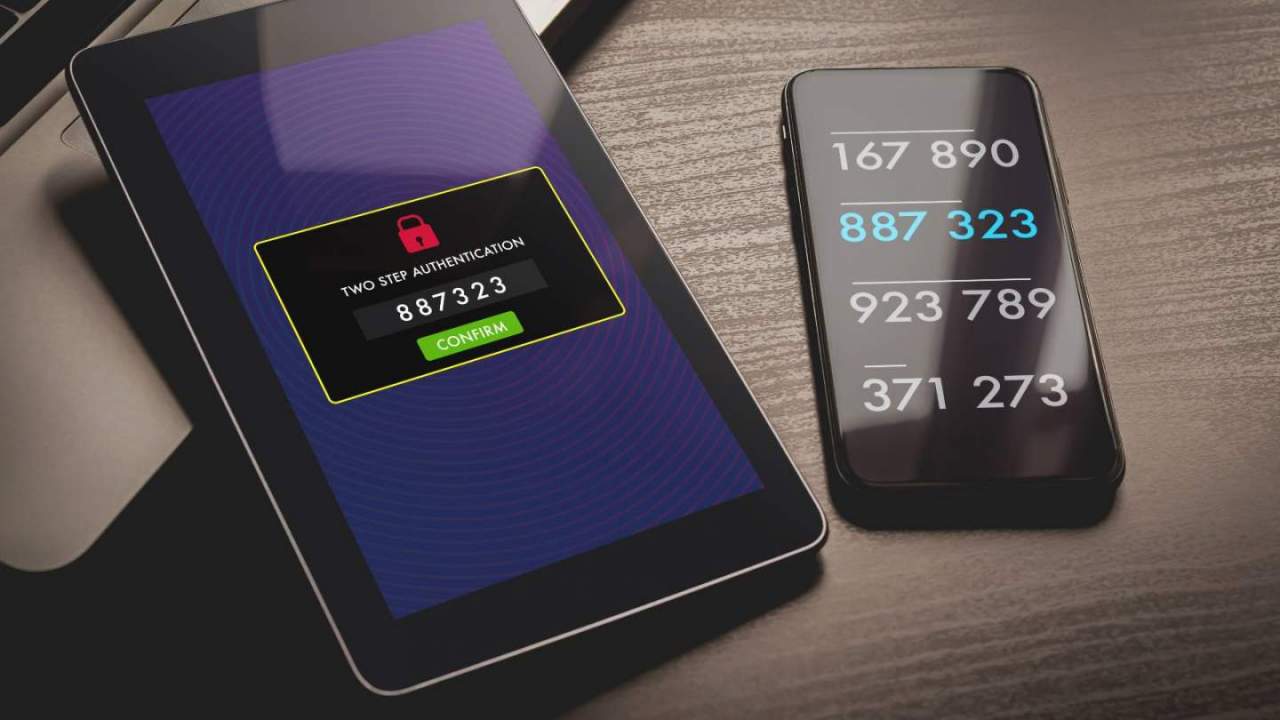Why You Should Always Enable 2-Factor Authentication
You ’ve no mistrustfulness heard about two- factor authentication at some point in the fairly recent history, but if you ’re like numerous consumers, there’s a good chance you have n’t actually used ityet.However, it’s time to learn about what, exactly, If that’s the case.
Put simply, two- factor authentication is an redundant subcaste of security for your accounts that makes it much harder for interferers to pierce them (via Authy). The technology works by securing an account behind an authorization process that, generally speaking, revolves around the stoner’s smartphone.
Accounts defended with two- factor authentication still bear the stoner to subscribe in with their username and word. Still, successfully entering those credentials wo n’t give access to the account. Rather, the stoner will also be urged to complete the alternate authentication system ( hence the term two- factor) in order to get past the security wall.
In utmost cases, two- factor authentication involves transferring either a prompt to an app on the stoner’s phone for them to tap, attesting that they ’re the person trying to subscribe in, or by texting a law to their phone number that must be manually entered into the two- factor security advisement. The idea is that while someone may learn your username and word, they ’re not likely suitable to physically pierce your phone.
Some two- factor authentication processes use an authenticator app rather of a textbook communication. This is because, unfortunately, texting a sign-in law wo n’t cover your account if you ’re the victim of a SIM exchange attack (via PhishLabs). The most common interpretation of a SIM exchange attack involves calling the victim’s wireless provider, pretending to be the account holder, and persuading the client service agent to harborage the phone number over to the hacker.
An authenticator app, in comparison, is much harder to compromise, effectively locking the meddler out of the account. The apps work by surveying a QR law presented to the stoner when they turn two- factor authentication on in their account. Scanning the QR law links the account to the authenticator app, which generates a unique law that disappears and is replaced every nanosecond or so.
The stoner will enter the law from the app into their account when subscribing in rather than getting the law in a textbook communication. In other cases, an account may offer multiple authentication styles, addressing the biggest complaint consumers have about this redundant subcaste of security it’s super inconvenient if you lose your phone.
The days of being suitable to comfortably secure your accounts behind a username and word are over. Security breaches involving the theft of login credentials have come more common, and this information is frequently vended on the dark web to hackers and culprits interested in identity theft (via ID Agent). Once your credentials are blurted, anyone who has them can try and subscribe in to your account.
Two- factor authentication gives you further control over the entire process by limiting logins only to those who not only know the sign-in credentials, but who also have access to your phone (or, in some cases, dispatch) to recoup the correct law. Unless you ’re a high- profile existent, it’s doubtful the average hacker will waste time trying to get past your two- factor authentication when there are other, less secure accounts they can target.



